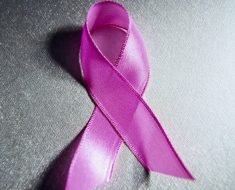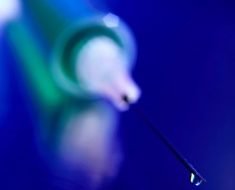Physician assistants (PAs) are increasingly used in dermatology practices to cut costs and improve access to care, but are more likely than dermatologists to perform unnecessary skin biopsies to check for cancer, while being less likely to accurately diagnose early stage skin cancers, according to new research conducted by the University of Pittsburgh School of Medicine.
The results of the study, led by Laura Ferris, M.D., Ph.D., associate professor, University of Pittsburgh, Department of Dermatology, are published today in JAMA Dermatology.
“Although the availability of PAs may help increase access to care and reduce waiting times for appointments, these findings have important implications for training of PAs and other non-physician practitioners in dermatology,” said Ferris. “Currently there is no formal training or certification program in dermatology for PAs or other advanced practice providers.”
Ferris suggests that the study findings also should be considered when evaluating cost of care. PAs typically have lower salaries than physicians and health systems are increasingly shifting patient care responsibilities to such advanced practice providers in an effort to control costs.
“In the age of cost-conscious medicine, it’s important to consider more than just a clinician’s salary,” said Ferris. “Missed diagnoses or unnecessary biopsies of benign lesions should be factored into decisions about the scope of a practice, hiring decisions, supervision of providers and patient decisions about who provides their dermatologic care.”
The study examined the medical records of 33,647 skin cancer screening examinations in 20,270 unique patients who underwent screening at UPMC-affiliated dermatology offices from 2011 through 2015. Ferris and her team found that the lower detection rate among PAs was only for melanoma in situ, or early stage skin cancer, and that PAs and dermatologists had similar detection rates for invasive melanomas and nonmelanoma skin cancers, which often are more clinically obvious.
Source: Read Full Article





